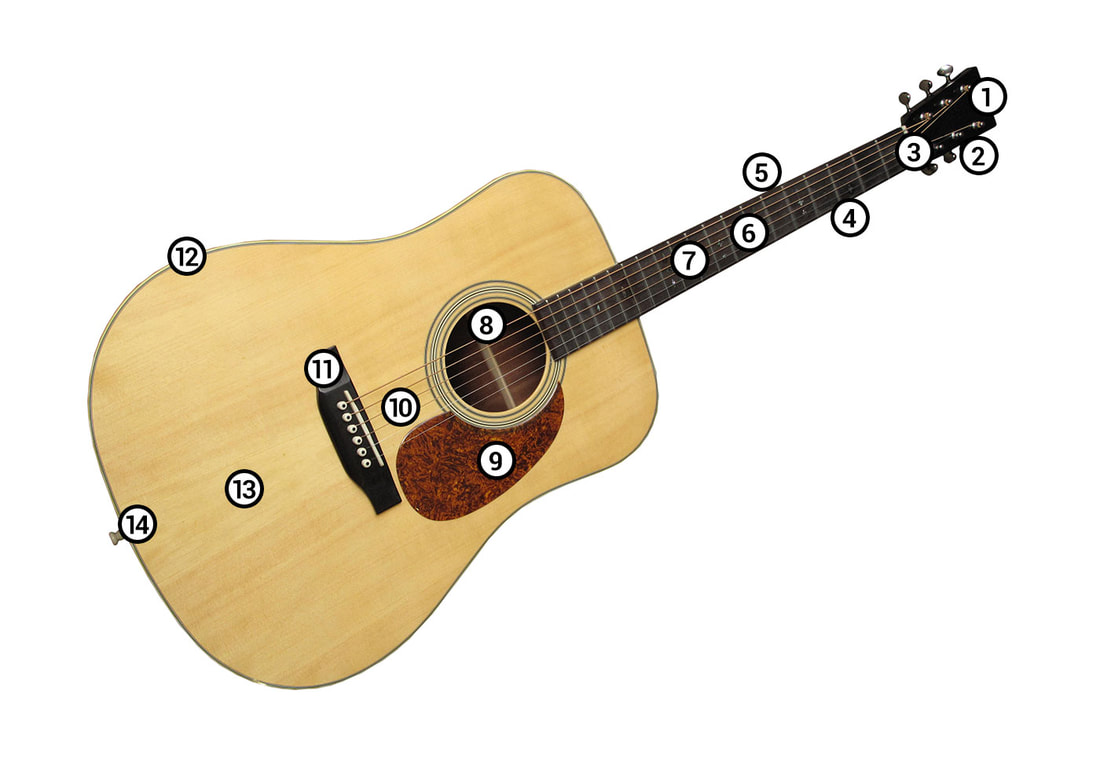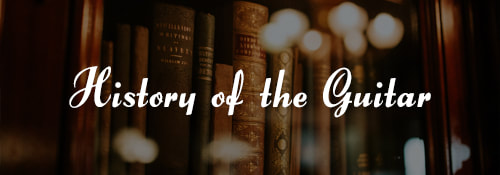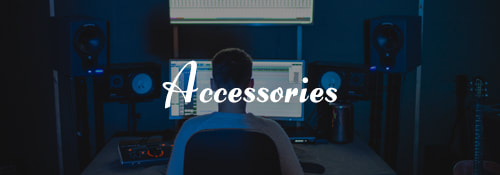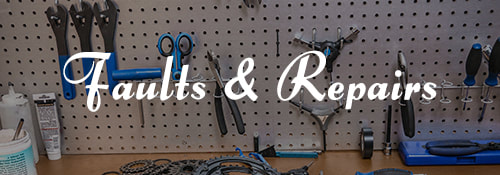Guitar |
Listen to the sound of a Guitar
|
|
The guitar is a fretted stringed instrument with a fingerboard, played by a guitarist who plucks or strums the strings and moves their fingers along the fret. The strings' vibration produces the guitar sound when plucked/strummed with fingers or a plectrum. It is one of the most popular and versatile instruments across varied genres of music.
There are three types of guitars, Acoustic, Bass and Electric, but within these are several other variations and sizes of the instrument. The guitar is suitable for children from five to upwards. The most suitable guitar for beginners is the Acoustic with nylon strings, known as the Classical or Spanish guitar, as this is easier on the fingers at the early stages of the learning process. |
The Bass and Electric guitar both use steel strings with relatively high tension that can be uncomfortable on the fingers in the early stages for the player, and both guitars require an amplifier to play.
Hover with your mouse pointer over the blue dots in the picture below to familiarize yourself with the parts of the Guitar. |





